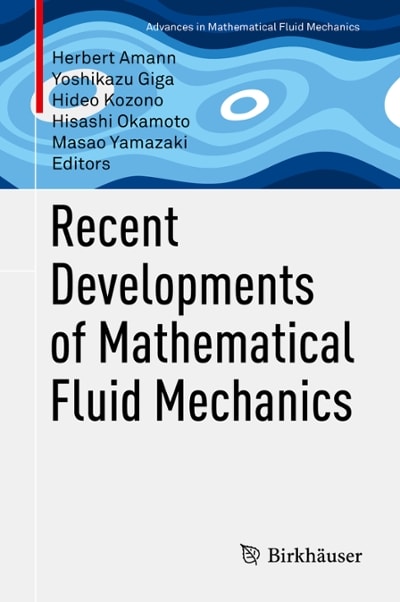Question
- Pop,- - pop. and - coke are three terms that are utilized to allude to carbonated soft drink drinks. The recurrence each is utilized
- Pop,- - pop." and - coke" are three terms that are utilized to allude to carbonated soft drink drinks. The recurrence each is utilized shifts across the United States as indicated by the table that follows.
Area Term Used for Carbonated Sodc Pop Soda Pacific 0.15 0.71 Rocky Mountains 0.61 0.31 Southwest 0.12 0.23 Midwest 0.70 0.26 Northeast 0.30 0.68 Southeast 0.18 0.43
Source,
Rough Mountains, Southwest, Midwest, Northeast, and Southeast, separately. a What is the likelihood that an arbitrarily chosen understudy from this college is from the Pacific district and uses the term - pop"? b What is the likelihood that an arbitrarily chosen understudy from this college utilizes "pop' when alluding to carbonated refreshments? c An understudy is chosen indiscriminately from among the understudies who utilize the term - coke." What is the likelihood that she or he is from the Southeast?
Question 26
As per the U.S. Enumeration Bureau, the 2005 neediness rate for families with female heads (no spouse present) and youngsters under age 6 was 48.3%; it was 24.0% for family with male heads (no wife present) and kids under age 6; and it was 8.7% for a few homes with kids under age 6. For families with kids under age 6, 22.2% have female heads, 5.5% have male heads, and 72.3% are a few homes. a What is the likelihood that a haphazardly chosen family with a kid under age 6 lived in destitution in 2005? b What is the likelihood that a haphazardly chosen family with a kid under age 6 who was living in neediness in 2005 was a hitched couple home? c Is if a family is in destitution autonomous of the kind of head of family? Legitimize your answer
Question 27
During May 2006, the Gallup Organization took a survey of 1000 grown-ups, matured 18 and more seasoned, in which they posed the accompanying inquiry: "Which comes nearest to depicting you?* Each individual was given these alternatives for reaction: (1) You are persuaded that God exists; (2) You think God presumably exists, however you have a little uncertainty; (3) You think God likely exists, yet you have a great deal of uncertainty; (4) You think God presumably doesn't exist, yet you don't know; or (5) You are persuaded that God doesn't exist. Of those with a secondary school degree or less, 92% said they were "certain" or had "little uncertainty" that God exists. For people with some school, school graduates, and those with postgraduate instruction, the rates of the individuals who were "certain" or had a "little doubt were 90%, 85%, and 77%, separately. As per the U.S. Registration Bureau, the rates of individuals in the United States without any than a secondary school degree, some school, college alumni, and postgraduate training are 49%, 29%, 15%, and 7%, separately. a What is the likelihood that a haphazardly chosen grown-up from the U.S. populace will be a college alum and be "certain" or have little uncertainty" that God exists? b What is the likelihood that an arbitrarily chosen grown-up from the U.S. populace will be "certain" or have "little uncertainty" that God exists?
c What is the likelihood that a haphazardly chosen grown-up who is "certain" or has "little uncertainty" that God exists has close to a secondary school instruction?
Question 28
In the wake of pressing k boxes (numbered 1, 2, . . k) of m things every, laborers found that one flawed thing had sneaked in among the km things pressed. While trying to track down the damaged thing, they arbitrarily test n things from each container and analyze these. a Find the likelihood that the deficient thing is in box I. What supposition that is fundamental for your response to be legitimate?
b Find the likelihood that the blemished thing is found in box 1, given that it was really placed in box 1. c Find the unequivocal likelihood that the damaged thing isn't found in box 1. d Find the contingent likelihood that the damaged thing is in box 1, given that it was not found in box 1. e Find the contingent likelihood that the faulty thing is in box 2, given that it was not found in box 1. f Comment on the conduct of these probabilities as n m: as n 0.
Step by Step Solution
There are 3 Steps involved in it
Step: 1

Get Instant Access to Expert-Tailored Solutions
See step-by-step solutions with expert insights and AI powered tools for academic success
Step: 2

Step: 3

Ace Your Homework with AI
Get the answers you need in no time with our AI-driven, step-by-step assistance
Get Started


